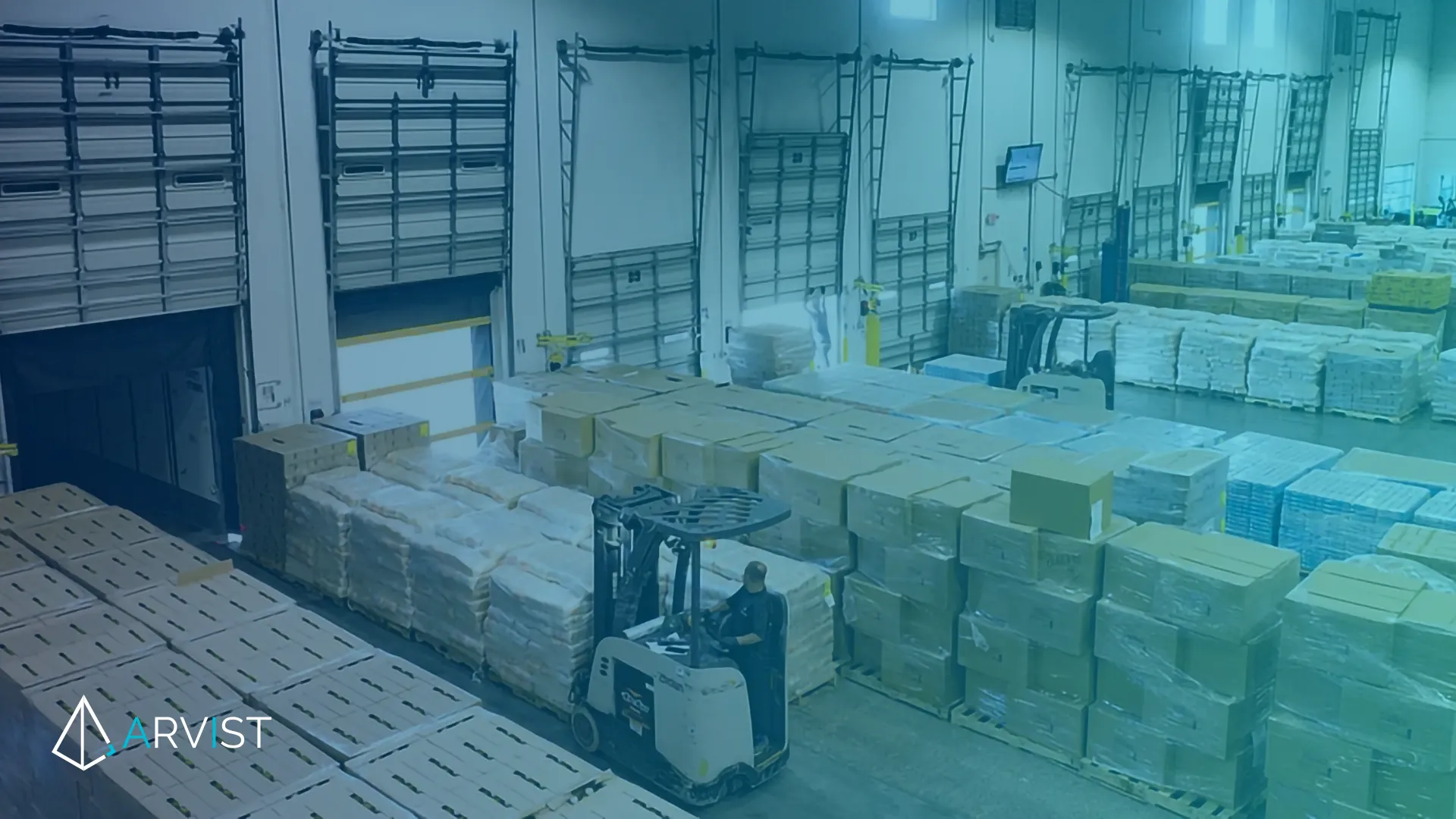AI transformed industries, found solutions to different problems, and opened new opportunities; from virtual assistants to complex analysis through data, an AI model fills just about every screen. However, with these kinds of advancements in AI comes storage, as most AI models work on enormous loads of data—a level that has contributed to what researchers call an ‘explosion of storage bottlenecks,’ as AI models leads to an explosion of storage bottleneck.
Why AI Needs So Much Storage?
AI models learn from data. The greater the amount of data, the more effective the model. For example, AI-based natural language processing systems, like chatbots, should be fed great volumes of text. Recognizing patterns depends on thousands of images in image recognition models. In short, AI models need access to humongous datasets for training, testing, and updates.
Apart from data, the parameters of AI models also occupy physical space. Complex models like GPT or image generators have billions of parameters. Parameters signify what the model has learned—the knowledge and the patterns that make it learn—which should be kept in a sparse form.
What is a Storage Bottleneck ?
A storage bottleneck happens when there is not enough space or speed in a storage system to keep up with the demand. In AI, bottlenecks could slow down training, limit scalability, and increase costs. Think of an AI system where it cannot access the needed data quickly. Its effects trickle down to the whole process, thus wasting time and resources.
How AI Models Cause Storage Bottlenecks ?
AI models require capacity and speed. Here’s how they cause bottlenecks:
- Data Growth: Day after day, the amount of data produced worldwide increases. The AI systems rely on this data, but it becomes difficult to store and deal with it.
- Model Size: AI models are becoming larger. Larger models mean more storage requirements for the parameters and configurations.
- Data Access: AI systems need to access data quickly. The traditional storage systems cannot possibly deliver data the way AI requires.
- Training and Updates: Training AI models results in temporarily generated data, which also needs storage. Updating models periodically adds up to it.
Real-World Examples
For example, the GPT model developed by OpenAI and BERT developed by Google need enormous amounts of storage. The largest language model, GPT-3, uses more than 175 billion parameters. This demands advanced infrastructure for storing and processing these parameters. Video streaming services use AI to recommend movies, which means storage for user data, video libraries, and model configurations.
In healthcare, AI is used in medical image analysis and patient data analysis. Such systems require the storage of high-resolution images and models, further taxing storage capacities.
Addressing the Storage Bottleneck
The innovation has come about due to the growing demand for storage. Some of the ways the industry is addressing the issue are:
- Cloud Storage: Scalable solutions in cloud platforms, such as AWS, Google Cloud, and Azure, are available. These provide the capacity that AI systems require without organizations having to build their own infrastructure.
- High-Performance Storage: Technologies like SSDs (Solid State Drives) and NVMe (Non-Volatile Memory Express) offer faster data access, thereby reducing bottlenecks.
- Data Compression: Highly compressive technologies make data sizes smaller without losing important information. This saves storage and increases the rate of computing.
- Edge Computing: Instead of sending all the data to the central server, edge computing makes decisions regarding the actual processing located closer to the source of data. This reduces loads on storage systems.
- Efficient Models: Researchers are creating smaller models for AI that use minimal storage. Pruning and quantization are techniques used to compress the size of the models.
Challenges Ahead In AI Models Leads To Explosion Of Storage Bottleneck
Though solutions abound, there remain challenges:
- Cost: Advanced storage solutions can be expensive, particularly for smaller organizations.
- Energy Use: Storage systems consume a lot of energy, thus increasing environmental concerns.
- Data Management: Organizing and retrieving data effectively is complicated as datasets grow.
The Future of AI Models Leads To Explosion Of Storage Bottleneck
This explosion of storage bottlenecks is unlikely to slow down. The demand for data and storage by AI will grow along with the growth of AI. Some possible solutions may include:
- AI-Optimized Storage Systems: Those designed specifically for the needs of AI.
- New Storage Technologies: Such as DNA storage or quantum storage that will be developed.
- Better Collaboration: Resource sharing between industries to share the burden of storage.
Conclusion
AI models have revolutionized technology, but so have their storage challenges. The explosion of storage bottlenecks screams for innovation as well as efficient solutions. The answer to these challenges could mean ensuring the progress of AI without being hindered by its own requirements. Such a journey to balance potential AI and its resultant needs is just beginning. This is one of the most exciting frontiers in technology today.
Read Also: How to Value Early Stage AI Companies?
FAQ: AI Models Leads To Explosion Of Storage Bottleneck
The “explosion of storage bottlenecks” refers to the huge amount of data needed by AI models in their processing and learning. The demand for more space and quick data access becomes strenuous when AI models increase in complexity and scale, because the world of storage systems can no longer keep up with them.
For businesses, bottlenecks in storage cause increased costs and reduced efficiency. Companies may require more powerful infrastructure for storage or endure delays in AI model deployment to impact decision-making and competitive advantage.
As AI technology becomes more advanced and the demand for more complex models increases, it is likely that storage bottlenecks will worsen unless new storage solutions or technologies are developed to keep pace with the increasing demands of AI.

